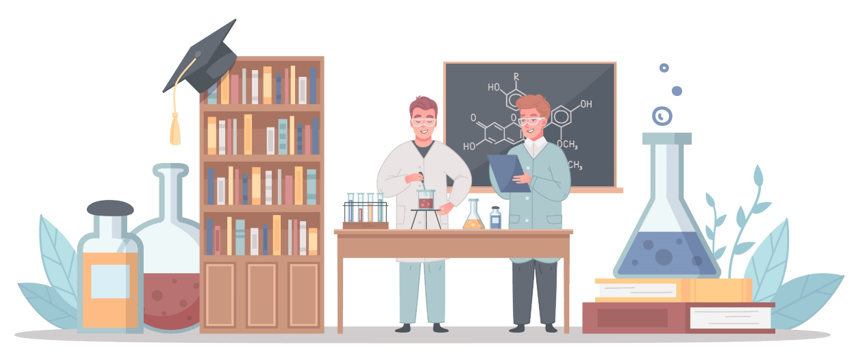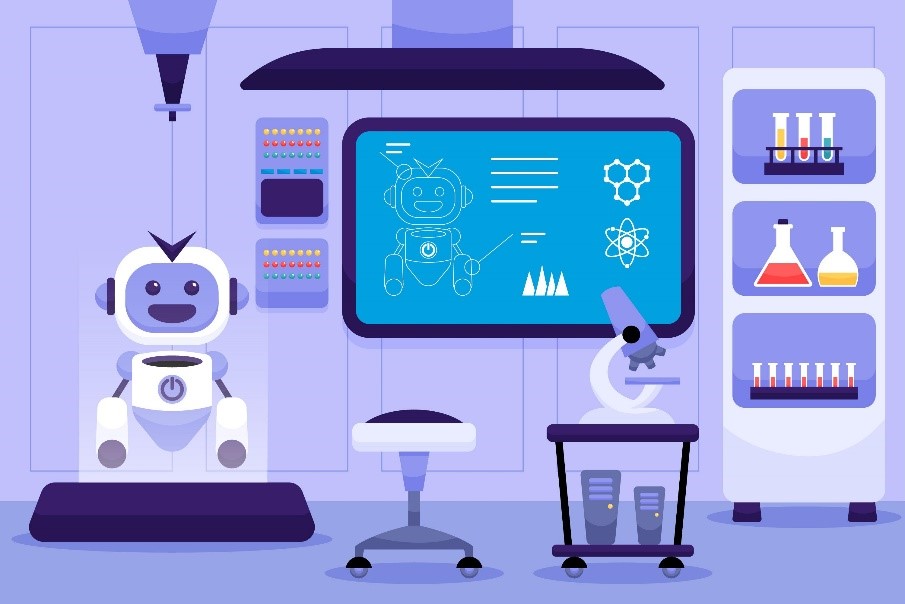Chemistry is a fascinating and ever-evolving science. For centuries, chemists have relied on physical laboratories to conduct experiments to learn more about the properties of matter and the laws of nature. However, with the rapid advancement of technology, a new era of chemistry experimentation has emerged – virtual chemistry experimentation.
This revolutionary approach to conduct chemical reactions in a digital environment is transforming the way we learn, research, and innovate in the field of chemistry. This blog will explore the features and benefits of performing chemistry experiments in a virtual environment.
The Evolution of Chemistry Experimentation:

Chemistry experimentation has come a long way from its earliest roots in alchemy. The scientific revolution of the 17th century marked the formalization of experimental methods and the establishment of scientific principles. Since then, physical laboratories have been the focal point of chemistry education, providing hands-on experiences that foster critical thinking and understanding.
Fast forward to the 21st century, the rise of computers, high-speed internet, and sophisticated simulation software have given birth to virtual chemistry experimentation. These virtual labs offer an immersive experience that mimics real-world chemical reactions and apparatus in a risk-free and highly customizable digital environment.
Limitations of the Traditional Lab:

Traditional chemistry labs have been the mainstay of chemistry education for many years, but they have limitations. Here are some key limitations of the traditional lab:
- Safety Concerns: Safety has always been a primary concern in the traditional lab. Physical laboratories can pose inherent risks, especially when handling hazardous chemicals and conducting reactions involving open flames. Accidents and chemical spills can lead to injuries and damage. Students need to focus not only on scientific concepts but also on adhering to safety protocols.
- Limited Access and Resources: Physical labs require considerable space, equipment, and resources. Not all educational institutions can maintain well-equipped labs, limiting access for certain students. Additionally, some experiments may necessitate rare or expensive chemicals that are not readily available.
- Time and Space Limitations: Physical labs are often confined to specific locations and scheduled hours, restricting access to students. This limitation may hinder in-depth exploration and understanding of the experiments. Students may feel rushed or unable to repeat experiments to verify results.
- Reproducibility Challenges: Experiments in traditional labs may yield inconsistent results due to varying experimental conditions, making reproducibility a concern.
- Lack of Flexibility: Once an experiment is set up in a traditional lab, making changes or exploring variations can be cumbersome. This lack of flexibility may hinder opportunities for students to investigate different scenarios.
Features and Benefits of Virtual Chemistry Experimentation:

There has been a growing trend towards virtual chemistry experimentation in recent years. Virtual chemistry labs like SimuLab offer many advantages over traditional labs, including:
- Enhanced Safety and Risk-Free Learning: Virtual chemistry labs offer a risk-free environment for students to conduct experiments. They can work with a wide range of chemicals without worrying about accidents or injuries, instilling confidence and comfort in their learning process.
- Cost-Effectiveness: Virtual labs are a cost-effective alternative to physical labs, as they reduce the need for physical resources like chemicals and glassware. This approach is also more environmentally friendly, minimizing chemical waste generation.
- Anytime, Anywhere Access: One of the most significant advantages of virtual labs is their accessibility. Students can access simulations from their laptops or devices, enabling flexible learning and encouraging self-paced exploration.

- Comprehensive list of Experiments: Virtual labs can offer extensive experiments covering various branches of chemistry. From simple reactions to complex synthesis processes, students can explore various virtual chemistry experiments.
- Customizable Learning: Virtual labs allow educators to customize experiments to align with specific learning objectives. Students can repeat experiments multiple times, honing their skills and experimenting with different variables.
- Realistic Simulations: High-quality graphics and interactive elements create a realistic and immersive experience in virtual labs. Students can interact with the simulations in a way they cannot with real-world experiments. This helps them to better understand the concepts being taught.

Conclusion:
Virtual chemistry labs are not intended to replace traditional labs entirely. Instead, they complement and enrich the educational experience, offering a versatile and dynamic platform for students to grasp the complexities of chemical reactions.
Virtual labs open up new avenues of learning, catering to the diverse needs of students and educators alike. While physical laboratories will always hold a special place in the world of chemistry, the rise of virtual chemistry experimentation marks a significant leap forward in harnessing technology to advance the frontiers of scientific research and education. So, let us embrace the rise of digital reactions and embark on a journey of exploration and discovery in the world of chemistry!
Writer – Ajay Shende
Scientific Content Writer – Chemistry

